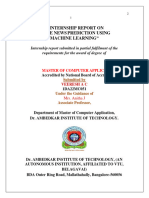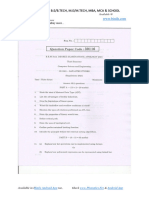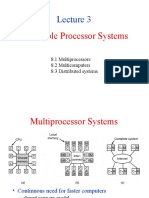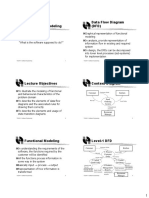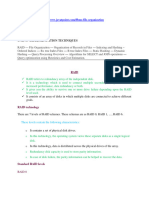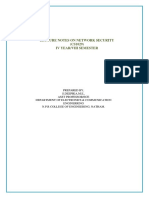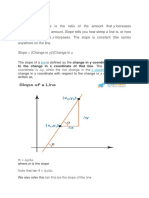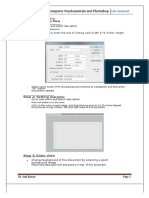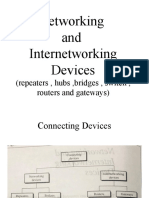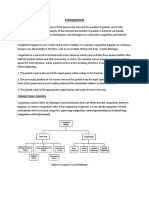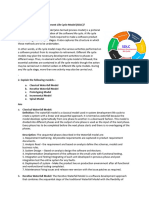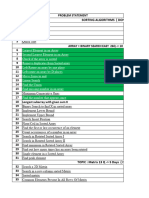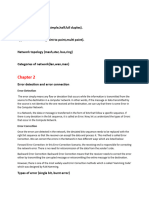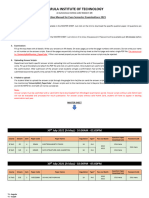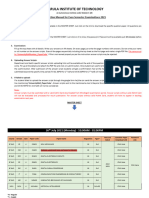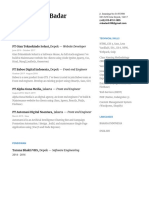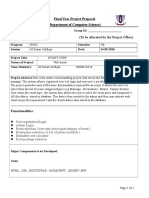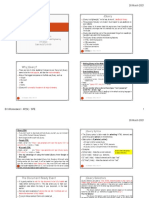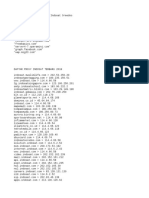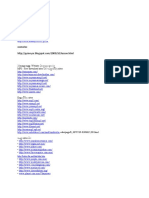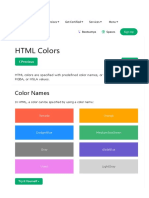0% found this document useful (0 votes)
365 views9 pagesExpress JS
Express JS is a web application framework for Node.js that provides a robust set of features for building web and mobile applications. It has advantages like simplicity, flexibility, community support, scalability, and cross-platform functionality. Middleware functions in Express JS allow processing requests and responses by performing tasks or altering them before passing to other routes and controllers.
Uploaded by
coding727treeCopyright
© © All Rights Reserved
We take content rights seriously. If you suspect this is your content, claim it here.
Available Formats
Download as DOCX, PDF, TXT or read online on Scribd
0% found this document useful (0 votes)
365 views9 pagesExpress JS
Express JS is a web application framework for Node.js that provides a robust set of features for building web and mobile applications. It has advantages like simplicity, flexibility, community support, scalability, and cross-platform functionality. Middleware functions in Express JS allow processing requests and responses by performing tasks or altering them before passing to other routes and controllers.
Uploaded by
coding727treeCopyright
© © All Rights Reserved
We take content rights seriously. If you suspect this is your content, claim it here.
Available Formats
Download as DOCX, PDF, TXT or read online on Scribd
/ 9






